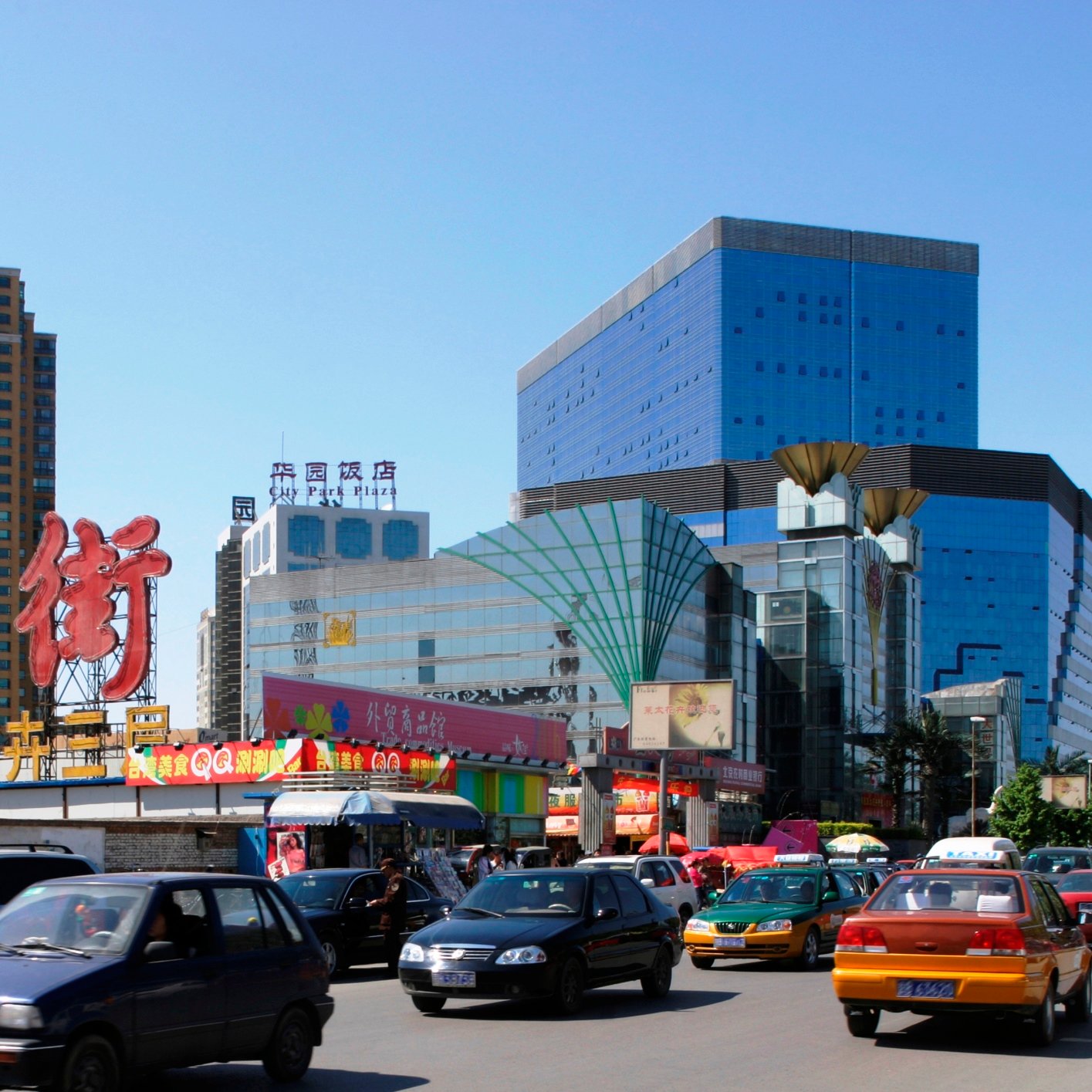Cars and Drivers
China to Join UK, France in Banning Future Sales of Petroleum-Fueled Vehicles

Published:
Last Updated:

The biggest domino in the automobile industry has just begun to tip in the direction of electric vehicles. China, the world’s largest maker and buyer of new automobiles, is going electric.
At a conference in Tianjin, Xin Guobin, vice-minister of industry and information technology (MIIT), said that work has begun on a “timetable to ban manufacture and sales of traditional energy cars.” MIIT will work out the timetable, according to a press release from Xinhua.
Global automakers like General Motors Co. (NYSE: GM), Ford Motor Co. (NYSE: F) and Renault-Nissan have already established research and development joint ventures with Chinese firms to speed up the development of electric cars. These companies — indeed all automakers — cannot now afford to ignore the tectonic shift to electrified vehicles.
The United Kingdom and France have both announced the phase-out of fossil-fueled new car sales by 2040, and in its latest forecast, Bloomberg New Energy Finance (BNEF) forecast that 58% of new cars sold in the United States in 2040 will be electrified, somewhat less than the 67% forecast for European sales and somewhat more than the 51% sold in China. The analysts say that sales of light duty vehicles (passenger cars, pickups and sport utility vehicles and crossovers) will rise from around 1% in 2016 to 54% of all vehicle sales by 2040. By that time, one-third of the entire global fleet will be electrified.
Without China’s commitment to electric cars, that level of change in the auto industry in just 25 years would likely be impossible. Vice-Minister Xin noted that the period to 2025 is critical to the development of electric cars. In June, China adopted a policy requiring automakers to increase their production of non-fossil-fueled cars to 8% in 2018, 10% in 2019 and 12% in 2020. Last year, of 28 million vehicles sold (23.6 million in China), just 500,000 were “new energy vehicles.”
While costs for lithium-ion cells have dropped by 73% since 2010, a massive increase in battery-making capability will be needed. BNEF’s McKerracher estimates that a total of 35 plants the size of Tesla’s Gigafactory will be needed over the next 13 years to meet the demand.
That level of demand is likely to drive up the costs for both lithium and cobalt, necessary components for lithium-ion batteries. Cobalt now costs $66,000 per metric ton, more than double its price of a just one year ago.
Another hurdle is the White House’s attack on technology-transfer agreements between U.S. firms and their Chinese partners. These agreements are required in technology-driven joint ventures, and GM, for example, has said it is not concerned about the transfer of intellectual property to its Chinese partners.
Want retirement to come a few years earlier than you’d planned? Or are you ready to retire now, but want an extra set of eyes on your finances?
Now you can speak with up to 3 financial experts in your area for FREE. By simply clicking here you can begin to match with financial professionals who can help you build your plan to retire early. And the best part? The first conversation with them is free.
Click here to match with up to 3 financial pros who would be excited to help you make financial decisions.
Thank you for reading! Have some feedback for us?
Contact the 24/7 Wall St. editorial team.